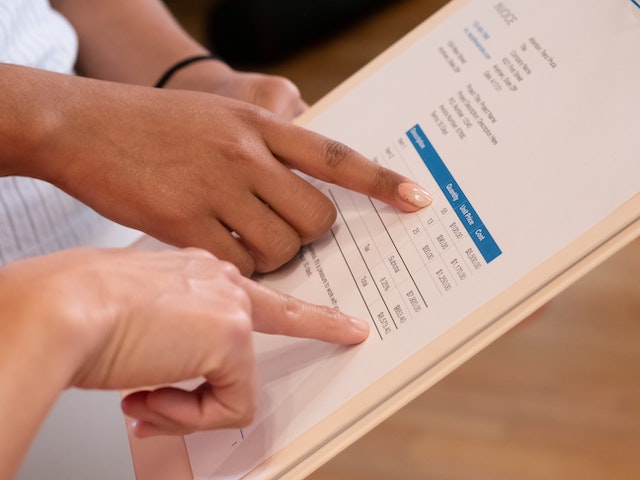Raising prices is something all businesses have to navigate, especially given the current market. The last couple of years have been tough for everyone, and companies are facing a three-headed monster made up of inflation, labor shortages, and supply chain issues. Even if you want to keep prices low for your customers, these factors are forcing many businesses to charge more just to ensure they are running at a profit.
While the destination is clear, the path is not. There are many challenges to successfully raising prices and many different approaches you can take. You need to find the right way to communicate and roll out price rises while minimizing lost customers.
Do the math
Before you go any further, the first step you need to take is sit down and go through all your costs. Every business needs to run at a profit, and with costs spiraling for many bills and services, you need to do the math and determine the prices you can offer while also making money yourself. What outlays are going up or have recently increased? What could potentially increase moving forward due to inflation and other factors?
Identifying areas where you can minimize the impact of inflation could go a long way to improving your profit margin. For example, perhaps there are non-perishable goods you can buy in bulk today to help save money in the future. Where do you stand with your workforce? Are employees happy with their current wages, or are people likely to leave soon?
Unfortunately, with labor shortages across many sectors, recruiting in the current market may be more expensive than your last round of hires.
Offer payment options
Especially in business to business (B2B) markets or companies that deal with larger transactions, you can maintain customers by offering payment options and helping them transition to the new price. It doesn’t matter if you accept payments online or in person; with proper accounting and cash flow management, you may be able to offer credit or payment plans that help customers without significantly impacting your operations.
Be honest
While nobody wants to pay more, being honest and transparent helps customers understand the reasons behind your decision, making them more likely to return. If your expenses go up, pass that information along to your customers. Consumers are much more sympathetic when they know they aren’t dealing with profit-hungry organizations chasing after a quick buck.
Ensure you also allow customers to ask questions or communicate their frustrations with the business. While it may not be an enjoyable task, communication helps ensure customers are aware of your situation, plus it also provides direct feedback that may help future pricing decisions.
It’s advisable to let customers know about price increases in advance. You don’t want to spring price rises on people. You can also accompany the news with a new customer-centric narrative or more convenient payment options, as described above.
New customer-centric features
It’s much easier to swallow a price increase if you also get something new in return. While it’s hard to revamp a product and develop new functionality on the fly without raising costs, there are other ways to offer something new to your customers.
One method to make clients more amenable to price rises is offering new customer-centric features. Obviously, you must ensure these don’t eat into your profit margin, but you can reduce churn by providing something new alongside price increases. For example, you could bundle compatible products together to improve convenience, offer new customer support features, or tweak the service based on previous feedback.
Start raising prices for new customers
Rather than convincing existing customers to pay more, a helpful method is first to raise prices for new customers. Then, if new customers continue to use your service, you can be confident of its value and hopeful that most existing customers will transition to the price point with you. Plus, you can inform existing customers they will continue to receive the current discount rate for a time before the price rises.
Gradual price rises
A significant price jump all in one go will likely turn customers away. It’s better to develop a pricing strategy that increases gradually over an extended period. Take, for example, a business that assesses its expenses and realizes it needs to raise its prices 20% in a year. Doing this all in one go will cause many customers to leave, creating a significant problem.
Instead, raising the prices gradually in installments can help reduce customer churn and maintain the customer base you spent years building.
Demonstrate your value
Ultimately, the best way to successfully raise prices is to have a good product that generates real value for its customers. If you sell consumer products, combine price raises with new marketing material showing its value. If you sell business products, let customers know what it does for their operations and the cost of changing service.
When dealing with B2B products and services, there’s the price you sell for and the value it generates for the client. Of course, every product needs to create a return on investment (ROI), but there is often a higher price point you can sell for that still generates significant value for the customer.
Raising prices the right way
Asking people to pay more is never an easy task. The best approaches include being as genuine and informative as possible while demonstrating your product’s value. People are much more likely to pay higher prices if they understand and accept the reasons behind them. Plus, if your product is of enough value, people will be willing to pay more.



